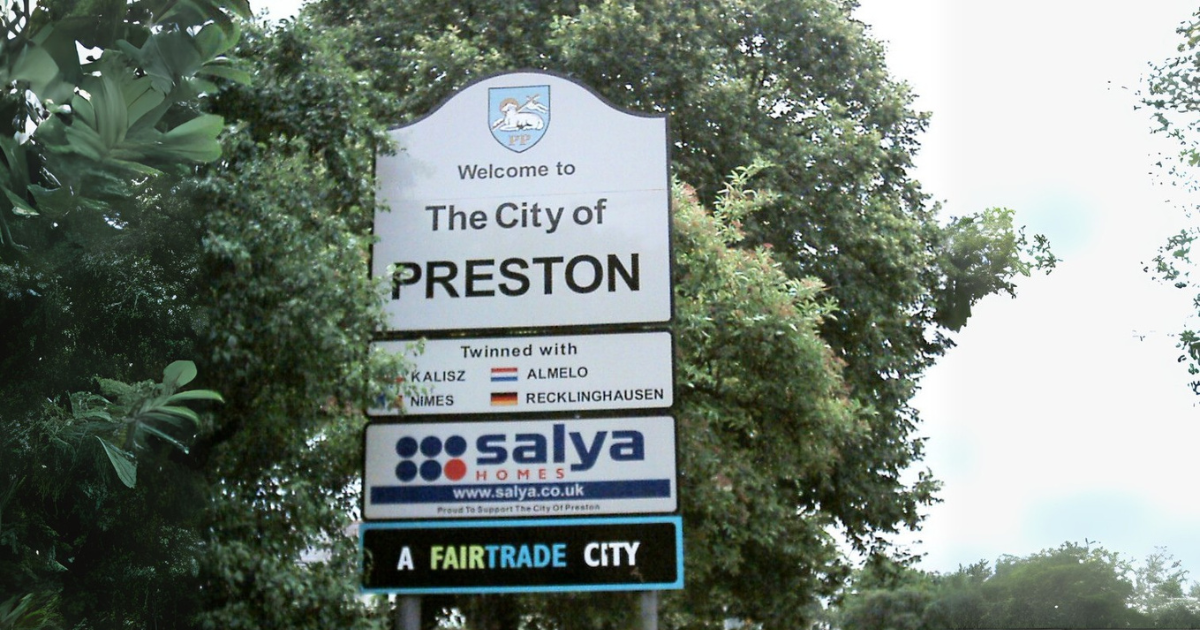New study confirms: Community Wealth Building delivers real benefits
By Matthew Brown
August 15, 2025
The last decade has seen an exciting debate about the need to develop a more democratic economy in response to the systemic failures of corporate capitalism. This dialogue has primarily unfolded within academic, activist, and political circles.
However, while theoretical debate remains important, evidence is needed to show Community Wealth Building (CWB) can deliver tangible economic and social benefits in areas that adopt it. This is particularly important when CWB remains a relatively new economic movement.
In the UK, there have been years of discussion about the merits or otherwise of the ‘Preston Model’ of Community Wealth Building.
The Preston Model was always controversial as it seeks to disrupt the conventional economic order and impose new layers of economic democracy in a small post-industrial city in the north west of England.
Now a team of researchers, including representatives from the Centre for Local Economic Strategies (CLES) who worked on the early-stage foundation of Community Wealth Building in Preston, have published new findings showing encouraging results from CWB activities in the city.
The study published in the British Medical Journal (BMJ) confirms Preston’s employment rate grew by 4% compared to similarly sized local authority areas that didn’t adopt Community Wealth Building during the period 2015 to 2019. The effect on employment was greater amongst people with disabilities, minority ethnic groups, men, and those with lower levels of education. This new research complements a 2023 study published in the prestigious medical journal The Lancet, that focused on the mental health improvements of Preston residents during the same period.
At its foundation, the Preston Model was deeply influenced by The Democracy Collaborative, through multiple visits from Ted Howard, who shared insights into the impactful work in Cleveland, Ohio, focusing on anchor institution strategies and the development of worker cooperatives. This partnership played a significant role initiating the modern Community Wealth Building movement in the UK.
The comparisons between economic decline in the north of England and the American Rust Belt was stark. Much like Cleveland, Preston had been affected by the failures of conventional economic development, deindustrialization, and, from 2010, crippling austerity imposed on a diverse, working-class community. This demonstrated a systemic failure in both cities.
At the start of the research period, the city council, as the first real living wage employer in the north of England, worked with Preston’s anchor institutions to encourage them to adopt higher wages. This saw a quarter of low-paid workers in the city and surrounding areas receive a pay increase due to their place of work becoming an accredited Living Wage employer.
Preston’s push to increase public spending with local businesses was partly a result of a choice to regenerate its city centre primarily in local public ownership. Projects included refurbishing Preston Markets and Preston Bus Station, alongside collaborating with the University of Central Lancashire (UCLan) on their £200m Masterplan.
The CWB initiative progressed with the procurement expenditure of six anchor institutions in Preston dramatically rising by £75 million from 2013 to 2017. This excluded additional local spending by UCLan who joined the CWB programme in 2015. The repatriation of public spending was a major factor in creating and retaining thousands of jobs in Preston’s economy.
With the Preston Model described as ‘extreme common sense’, it is evident regenerating publicly - instead of relying on global developers - can increase employment by providing greater control over local supply chains.
It is also evident that encouraging public and private sector employers to offer a family-supporting living wage will address in-work poverty and alleviate the psychological stress associated with low pay.
Excluded from these numbers are recent child poverty findings, published by End Child Poverty. The data shows that between 2014/15 and 2023/24 the rate of increase in child poverty in Preston was the lowest out of six Lancashire councils with similar baseline figures. Whilst any increase in child poverty can never be celebrated, it is further testimony to the resilience Community Wealth Building brings in difficult economic circumstances.
CWB also alleviated the local impact of the housing crisis. In the last decade, Preston generated the most social and affordable homes out of 14 local authority areas in Lancashire. In addition to imposing obligations on developers, Community Wealth Building approaches maximized numbers of affordable housing units by collaborating with social landlords and freeing up public sector land for new housing.
The growing body of evidence shows that, if brought to scale, Community Wealth Building will become, ‘the main approach to local economic development across the UK.’
Matthew Brown is Senior Fellow for the Promotion of Community Wealth Building in the UK for The Democracy Collaborative

